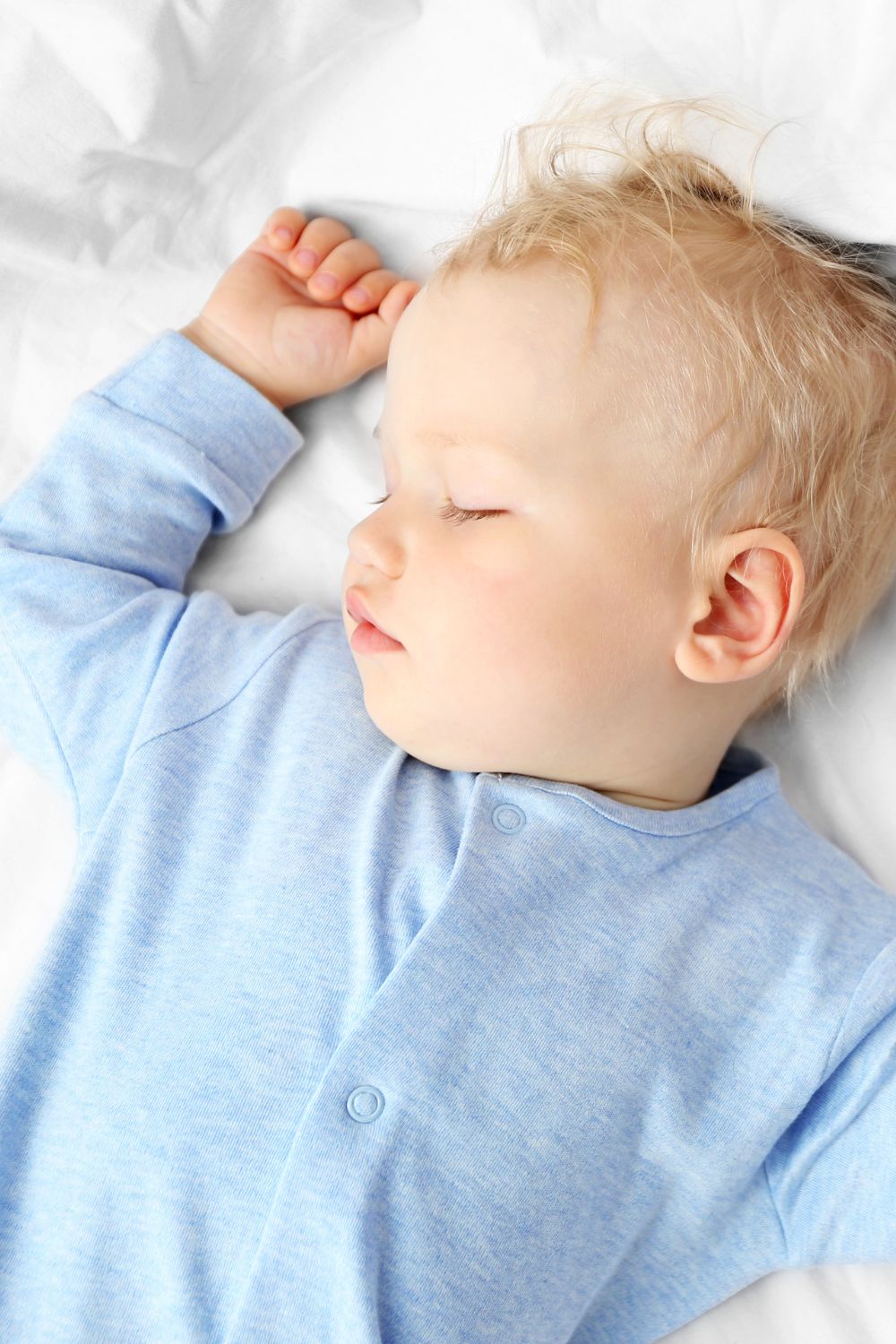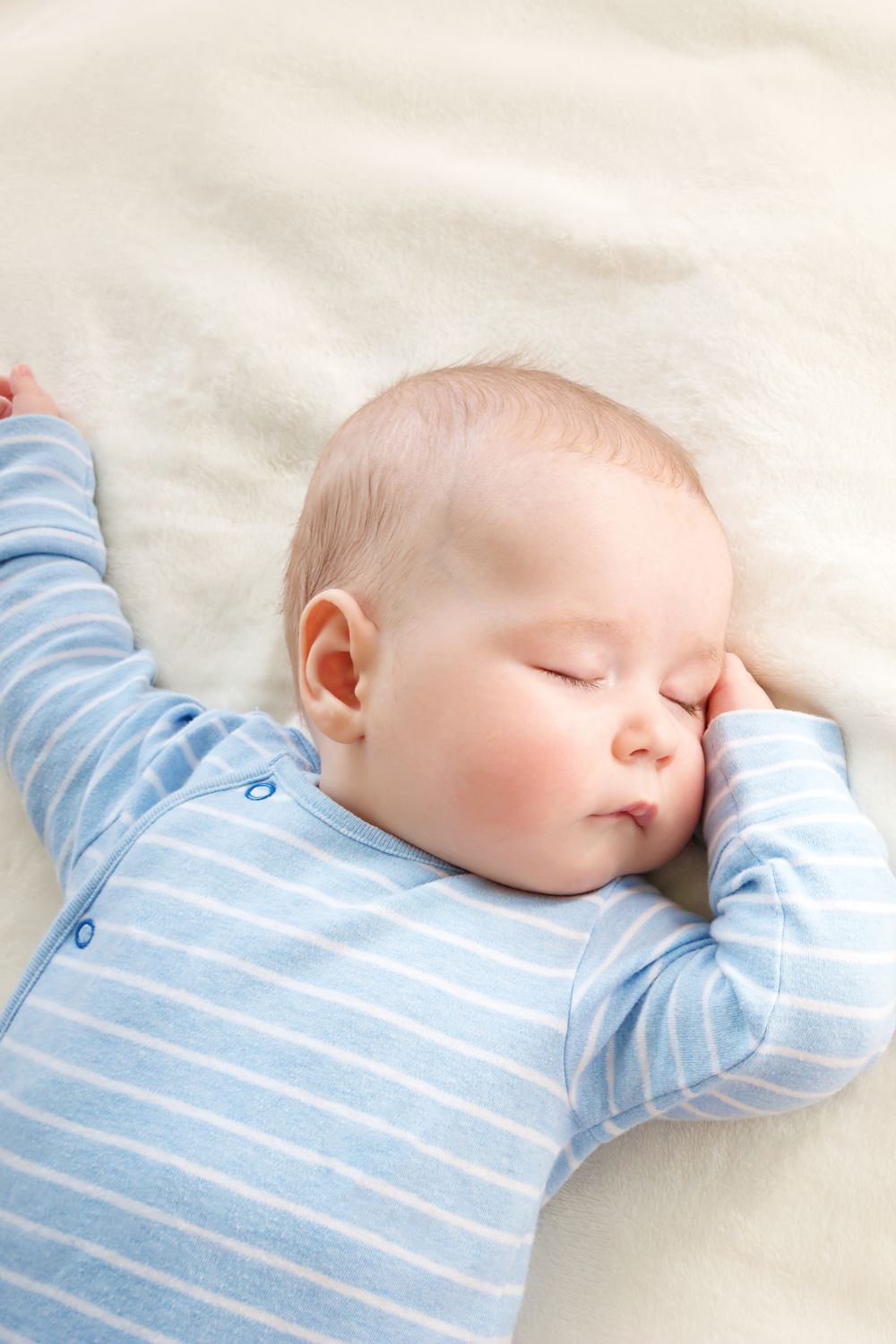Keeping your baby safe and warm in their crib during winter is always a priority for parents. Check out some tips on how to keep your baby warm in crib.

4 Tips on How to Keep Your Baby Warm In Crib
When you have a baby there are many stresses new parents will experience. You never feel like you have complete control over every aspect of baby raising. This includes how much they eat, how much they poop and even something as simple as keeping warm on a cold winter’s night. After reading about infant safe sleep practices and safe sleep guidelines, many parents are concerned about the winter months and how they can keep their babies warm without using an extra blanket or being able to dress babies in the right clothing for their slumber. Since one of the bigger stresses for parents during the winter months is ways in which they can keep their baby warm in their crib.
I’ve put together some information to help you keep your baby warm when the cold temperatures come in. Having lived in a cold climate for many years that has always been one of my stresses with my babies. I was always worried I was overheating them or underdressing them. For many of us, we’ll have well-meaning relatives tell us how this worked for them and how they did it this way, that being said it doesn’t mean it’s the safest way to do things. I know I struggled many times with the right balance to see in which ways I could keep my babies safe in the colder months.
How to Keep Your Baby Warm In Crib
Putting multiple layers on your child may seem like a good idea at first, but ultimately can lead to devastating consequences including overheating which is very dangerous and is a dangerous risk factor for your baby. That’s why it’s important to be conscientious of the layers you do put on your baby as well as controlling various factors in your baby’s room.
In this post, I want to talk about the easy ways you as a parent can help keep your baby warm in a crib. As well as keep your baby safe during the cold winter months when cold weather is the norm.
Tragically, about 3,500 children die in the United States each year from suffocation incidents while sleeping. This is why you should never place any objects in the crib or bassinet with your baby, including pillows, toys, quilts, loose blankets, or any other bed gear (like bumper guards) that can press against your baby’s nose and obstruct his breathing causing a suffocation risk. The risk of SIDS can go up if you don’t follow safe sleeping protocols.
Keeping your sleeping baby warm in the winter months
Why is excess heat so dangerous to babies? You may have heard of instances where babies or small children have died after being left in hot cars in the summertime, this can happen to infants under any circumstances if they are allowed to become excessively hot, even in the wintertime.
Our normal body temperature ranges from 98 to 100 degrees. It is within this range that our body is designed to work the best and with the greatest efficiency. A baby’s body is even more delicate because their bodies don’t regulate temperature change, as well as adults, do. If the body’s temperature is significantly higher than this for an extended period of time, there can be damage to all of the body’s vital organs, tissues, and cells which can result in injury or even death. That’s why it’s important that we don’t overheat babies with too much clothing or anything that might create too much heat in their room.
Dress Your Baby Right:
In the winter, the best way to keep your little one warm during sleep is to dress him in ‘easy to put on and remove’ layers. Instead of overloading your baby with heavy or woolen clothes, a few thin layers of warm clothes that you could easily remove during diaper changes is your best bet. A good rule of thumb is to dress your baby in one more layer than you. The American Academy of Pediatrics suggests using the safest alternatives to blankets, wearable blankets, otherwise knowns as sleep sacks.
Sleep sacks keep your baby safe because they greatly reduce the risk of suffocation and entrapment caused by regular blankets. Because of the way wearable blankets are designed, they cannot get wrapped around your baby’s head or neck. So, they keep your baby safe at night, while also keeping them warm.
Additionally, you can be mindful of room temperature. The American Academy of Pediatrics cannot recommend an exact room temperature due to varying research results. However, we still tell parents to set their baby’s room temperature between 68 and 72 degrees (F) as a common sense practice. We feel that at this temperature range, parents and caregivers will not feel the need to put on too many layers of clothing or coverings and will be content using lightweight clothing or sleep sacks.
Set the Room Temperature Right:
Make sure the room/ home isn’t too hot or too cold. Remember that your adult body handles things differently than babies and keeping their rooms at the right temperature is important.
The ideal room temperature is anything between 65 and 72 degrees Fahrenheit. The number that feels most comfortable to your baby will depend on if he tends to run a little hot or a little cold. If your baby tends to be a bit sweaty when everyone else is comfortable, clothe him in one layer less than you have on. If he tends to stay cold, put on an extra layer.
The good news is that there are some great ways to make sure you know what the temperature in their rooms is. We’ve made sure to keep Baby monitors in our room like the Motorola Hubble Monitor.I love this baby monitor because It lets you know if the room is at the right temperature and even lets us know the room’s temperature for a perfect sleep time.
Swaddle or Use a Sleep sack/ Wearable blanket:
If you absolutely cannot bring yourself to put your baby in the crib without any covering other than his clothes, you can swaddle him or place him in a sleep sack. Swaddling is a blanket wrapping technique that keeps your baby cozy and safe while mimicking the conditions of the womb.
Keep in mind you should never swaddle a baby that can roll onto his stomach. Once your baby can roll over on his own, opt for a sleepsack or a swaddling technique where the arms are free..
Keep the Wind off of Baby:
Location, Location, Location! The position of your baby’s crib in the room also affects how comfortable he/she will feel during sleep. The room layout can affect your ability to keep your baby warm in the crib at night. Drafts, HVAC vents, poor insulation, and even the amount of sun in your baby’s room can be factored in your baby’s room. All these things can create hot and cold spots in the nursery. Therefore, it’s important to understand the temperature variances in your baby’s room and design the room appropriately.
Avoid placing the crib near a window or under a vent. The center of the room and the portion of the room that is closer to the interior of the home are often the most stable temperature-wise. Outside walls can be chilly, so avoid these. Place the crib or bassinet several feet away from air vents, drafty windows, fans, and outside walls. Also, close any windows and doors to prevent cold air from entering the room.
Cover Your Baby’s Hands:
Although the old adage says that heat escapes through the head. In the baby’s case, it’s not the best idea to cover it at night. The American Academy of Pediatrics recommends that parents avoid hats and head coverings of any kind to avoid overheating. Hats and head coverings have been found to increase the risk of sleep-related deaths. Hats and head coverings can become dislodged and slip down over the baby’s face and nose and creating a suffocation risk.
That being said covering the baby’s hands will definitely help. You can do so by buying baby sleepers or swaddles with a hand covering . Covering your baby’s hands has an added benefit, too! It keeps them from scratching at their face and injuring their delicate skin.
Preheat the Crib Before Putting Your Baby Down
Finally, here is something you can do that is proactive for your baby. This tip will help make the baby’s room comfortable. You can use an electric blanket to preheat the crib on cold nights. This will help to bring it to an ideal temperature before putting the baby into a cold crib. Especially if the room feels a little chilly. That being said you should never let the baby sleep on an electric blanket even at its lowest temperature. This is just used to prep the bed before putting your baby to bed.
These are all tips to help keep your baby warm in its crib. Your doctor is always the best resource when it comes to questions about your baby. However, these tips should help make your baby’s sleep space a safe one!



